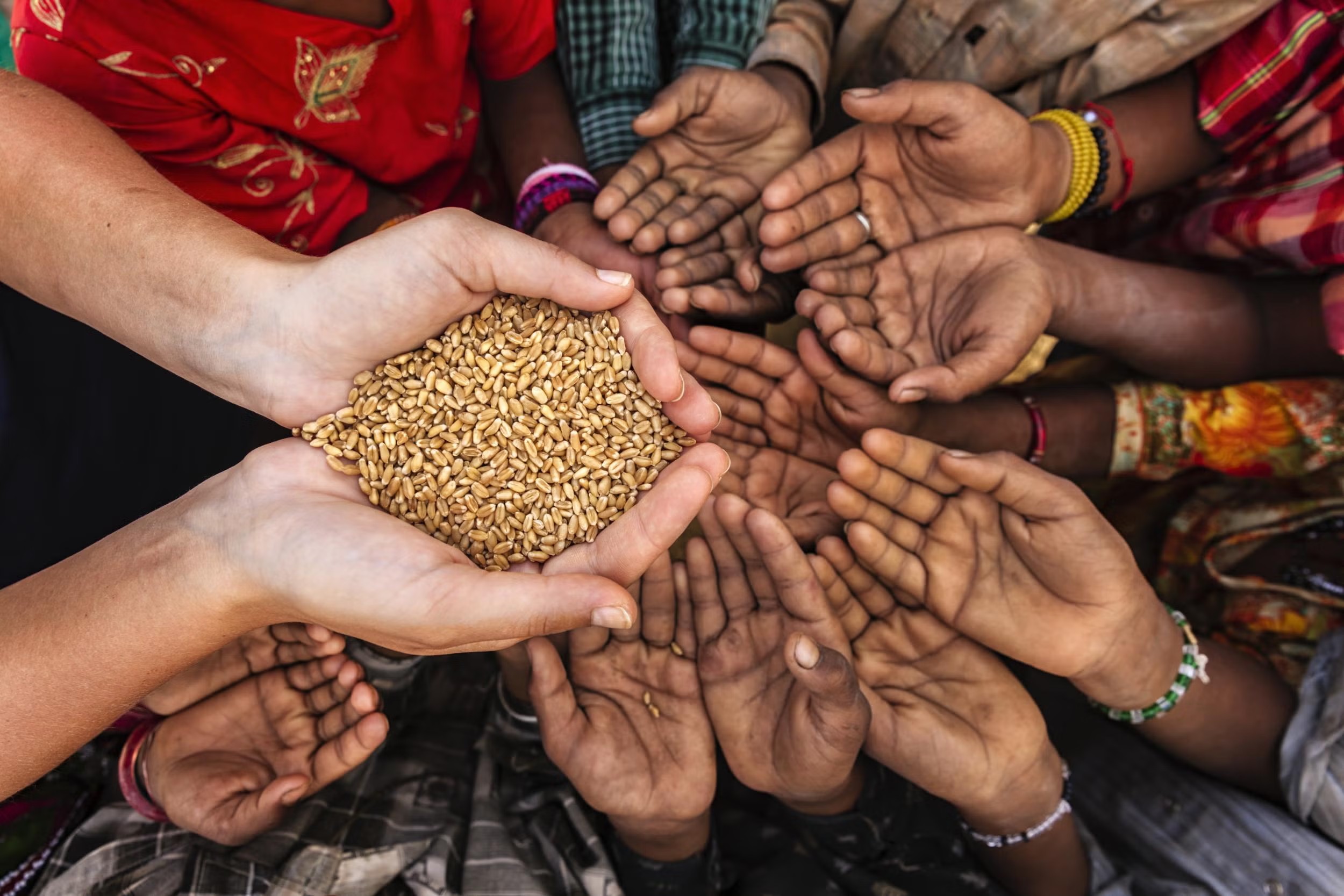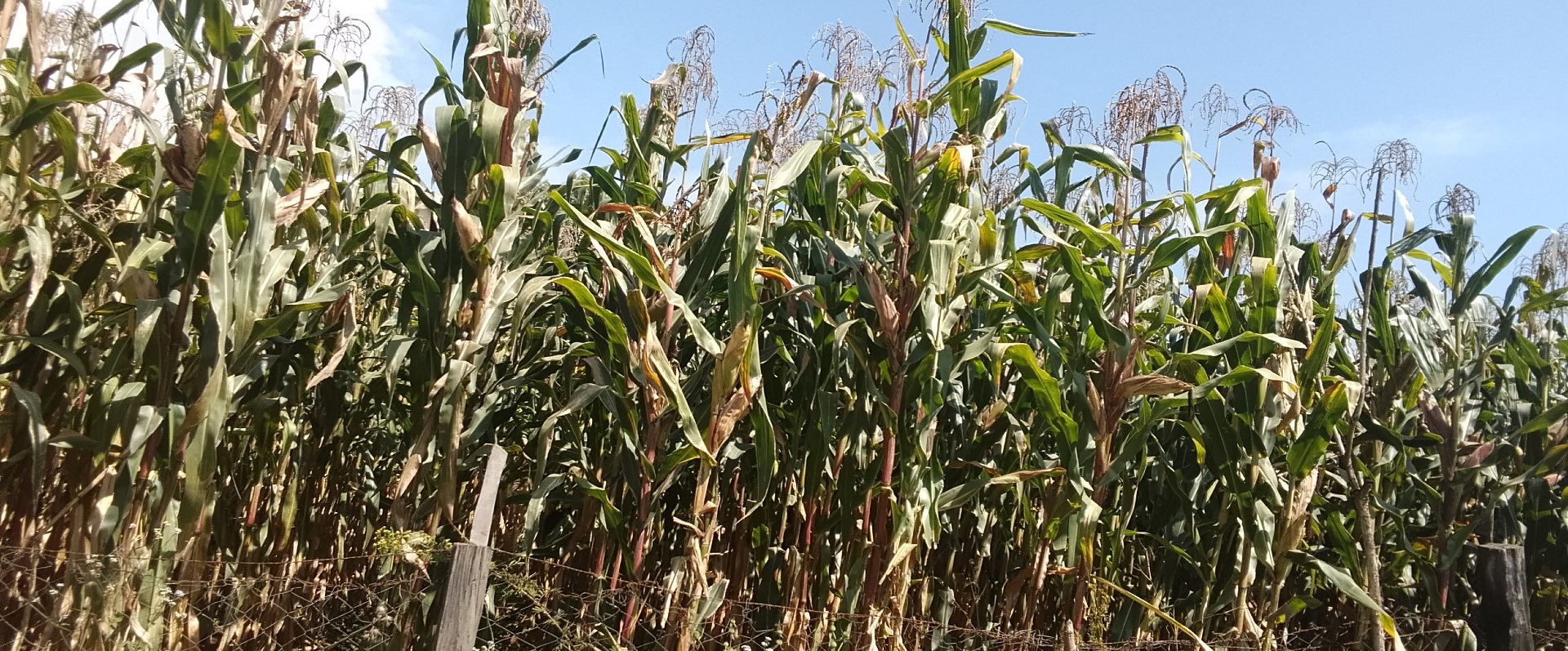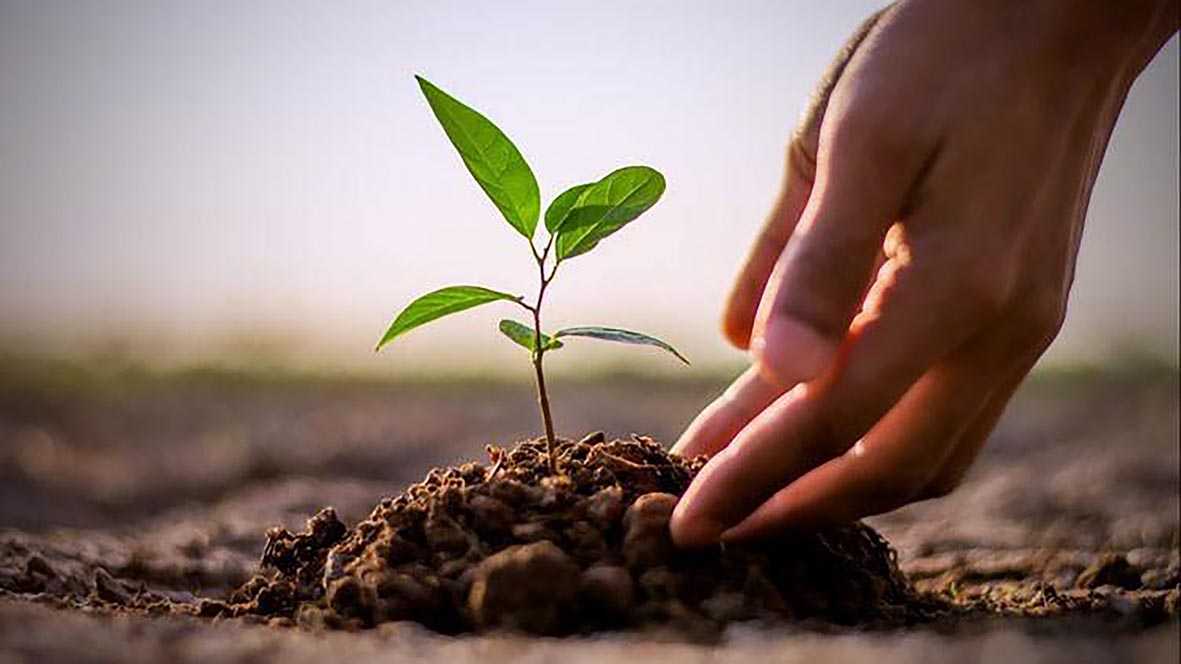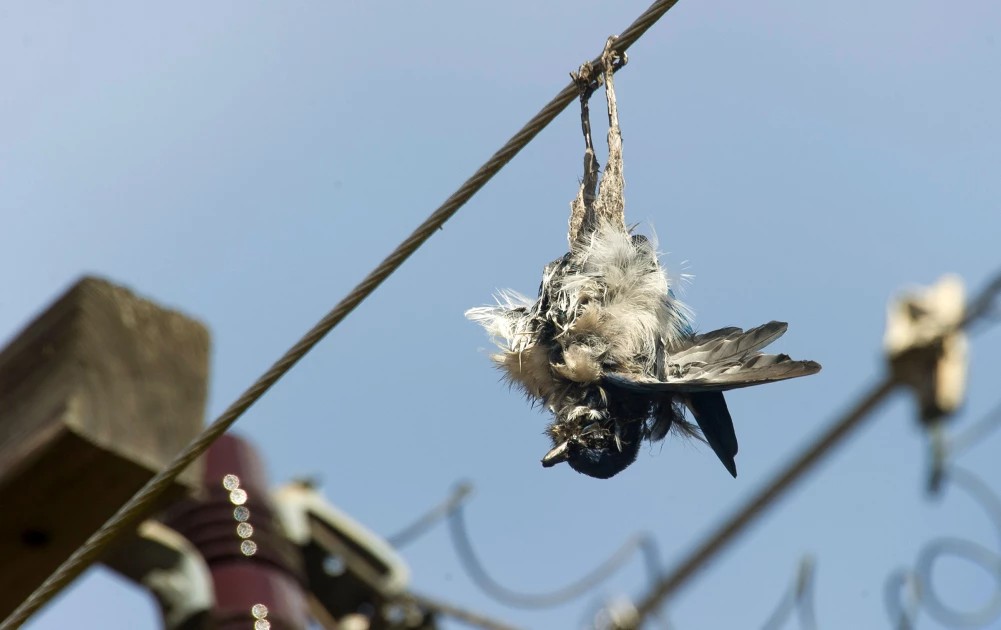- The World Food Programme in June 2025 identified 13 nations, among them Somalia and Sudan where hunger is expected to escalate further due to conflict, economic shocks, and intensifying climate disasters.
“Drought is a silent killer. It creeps in, drains resources, and devastates lives in slow motion,” says Ibrahim Thiaw, Executive Secretary, UNCCD (The UN Convention to Combat Desertification)
As the Global Drought Hotspots Report 2025 was released on July 2, 2025 these words hit harder than ever.
According to the UN, the most widespread and devastating droughts in recorded history have unfolded since 2023—sweeping across Africa, Latin America, Southeast Asia, and the Mediterranean. In Eastern and Southern Africa alone, over 90 million people face acute hunger. For some communities, this is the worst drought ever documented.
In Southern Africa, drought has tightened its grip with terrifying precision. By August 2024, 68 million people—one-sixth of the region’s population—required food aid.
Across Ethiopia, Malawi, Zambia, and Zimbabwe, maize and wheat crops have failed season after season. Zimbabwe’s 2024 corn yield collapsed by 70%, driving prices to double, while 9,000 cattle perished from thirst and starvation.
Read More
Somalia’s agony paints an even starker picture: in 2022, 43,000 people died from drought-related hunger. Today, 4.4 million Somalis remain food insecure—with nearly 800,000 expected to reach emergency levels in 2025.
The 2023–2024 El Niño poured fuel on the fire, triggering dry spells across key ecological zones. The worst-hit areas? So-called climate hotspots—regions already struggling with rapid warming, dense populations, and fragile infrastructure. These aren’t just environmental problems; they’re justice issues.
Meanwhile, the World Food Programme in June 2025 identified 13 nations, among them Somalia and Sudan where hunger is expected to escalate further due to conflict, economic shocks, and intensifying climate disasters.



-1756213368.jpeg)


-1755864575.png)
